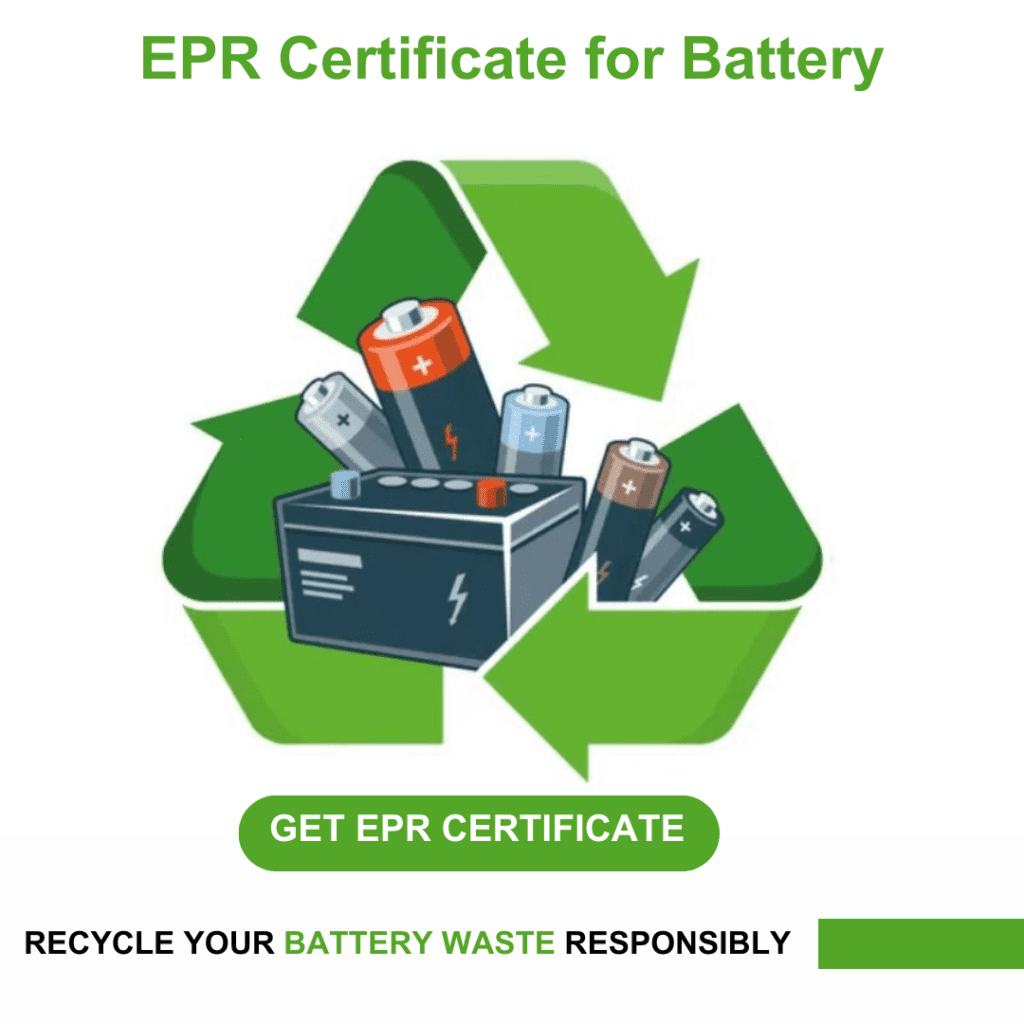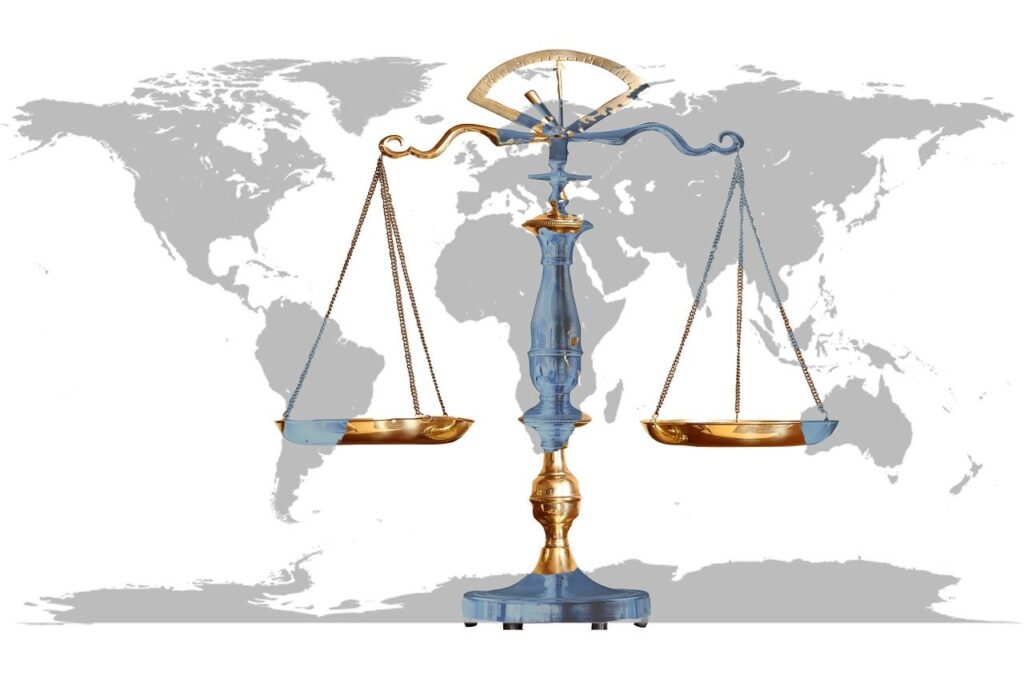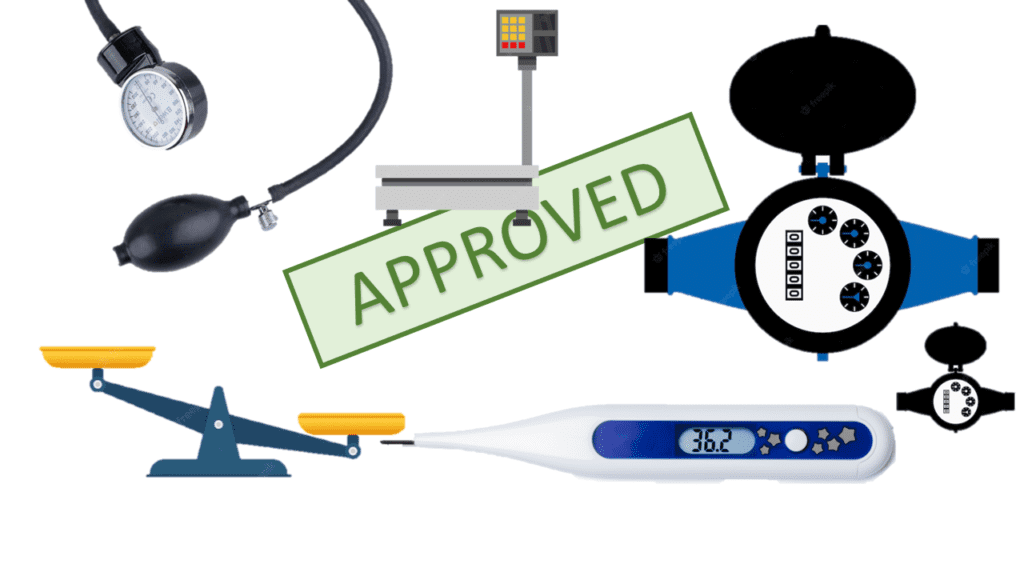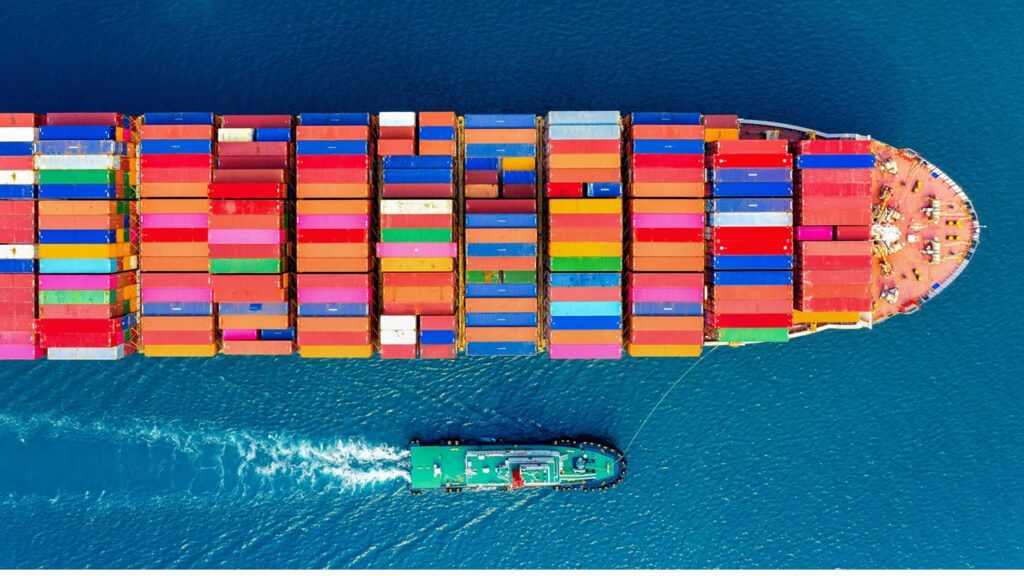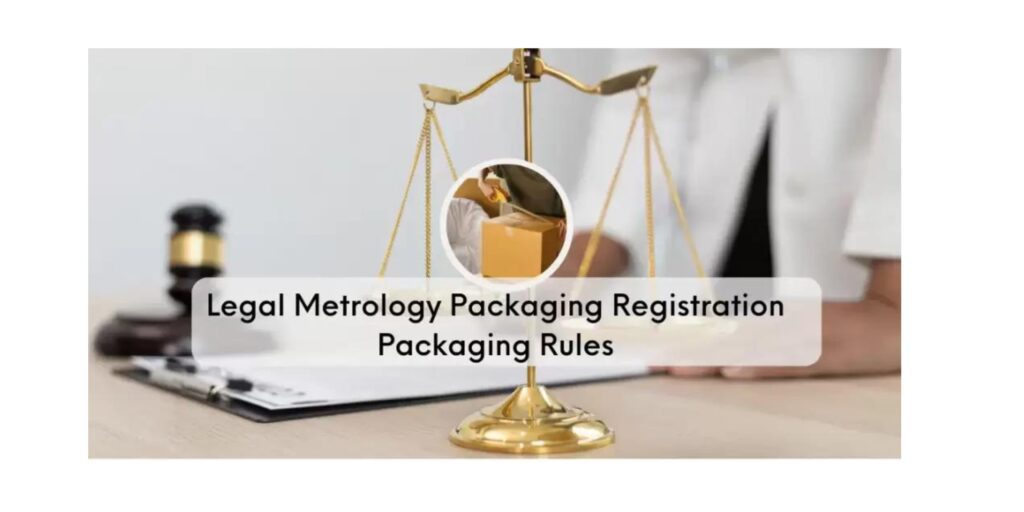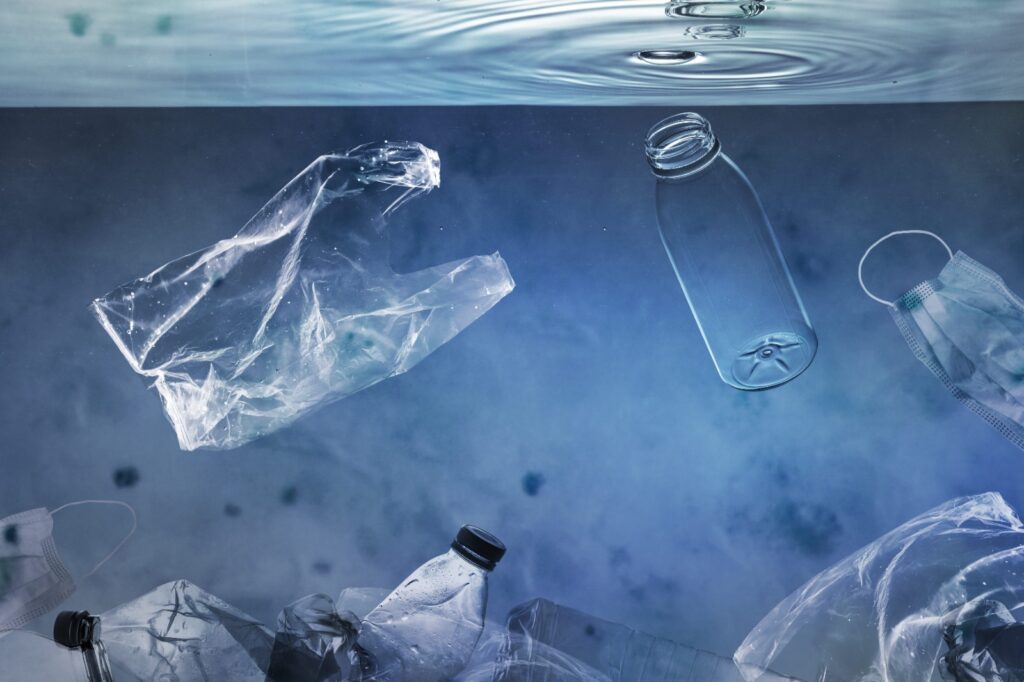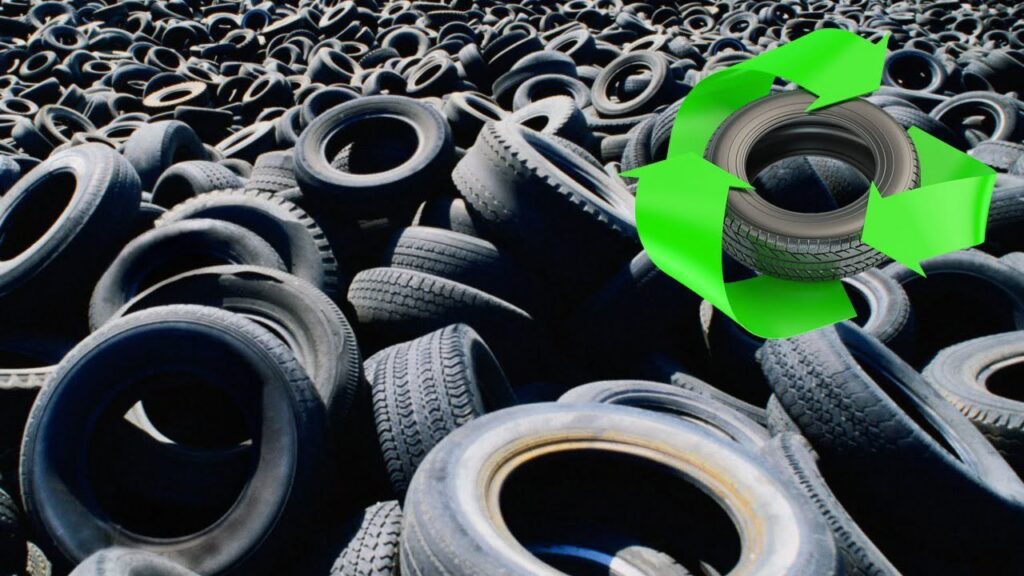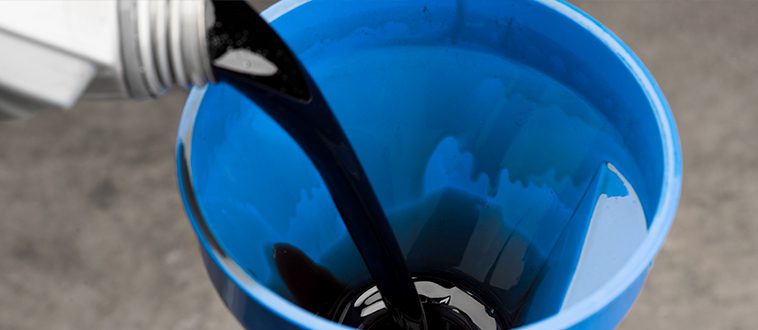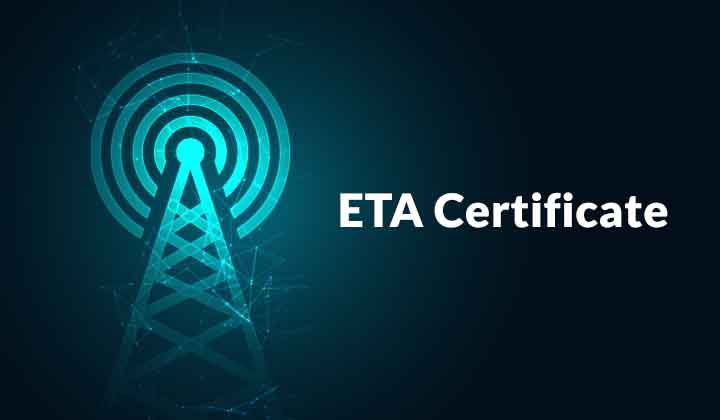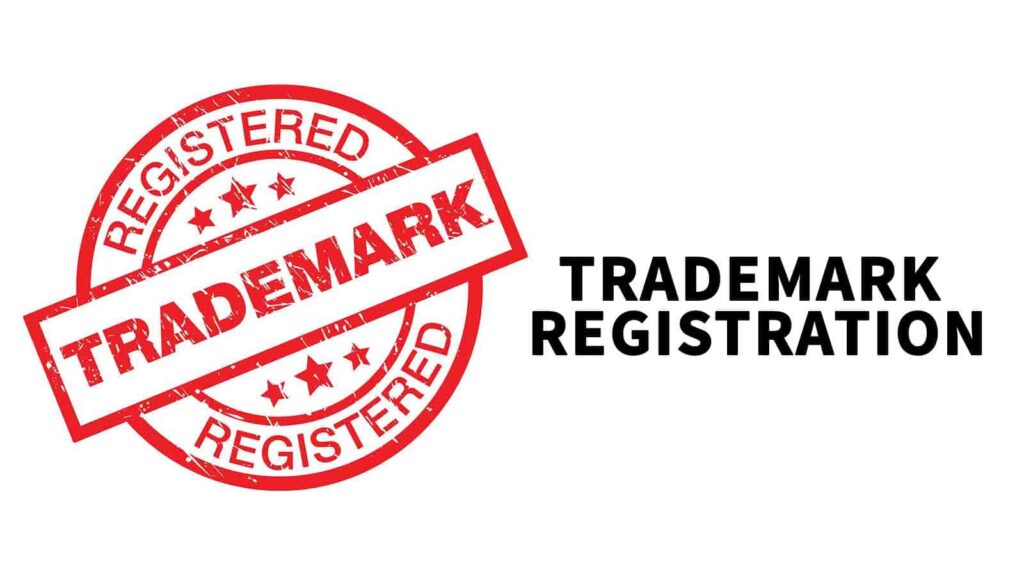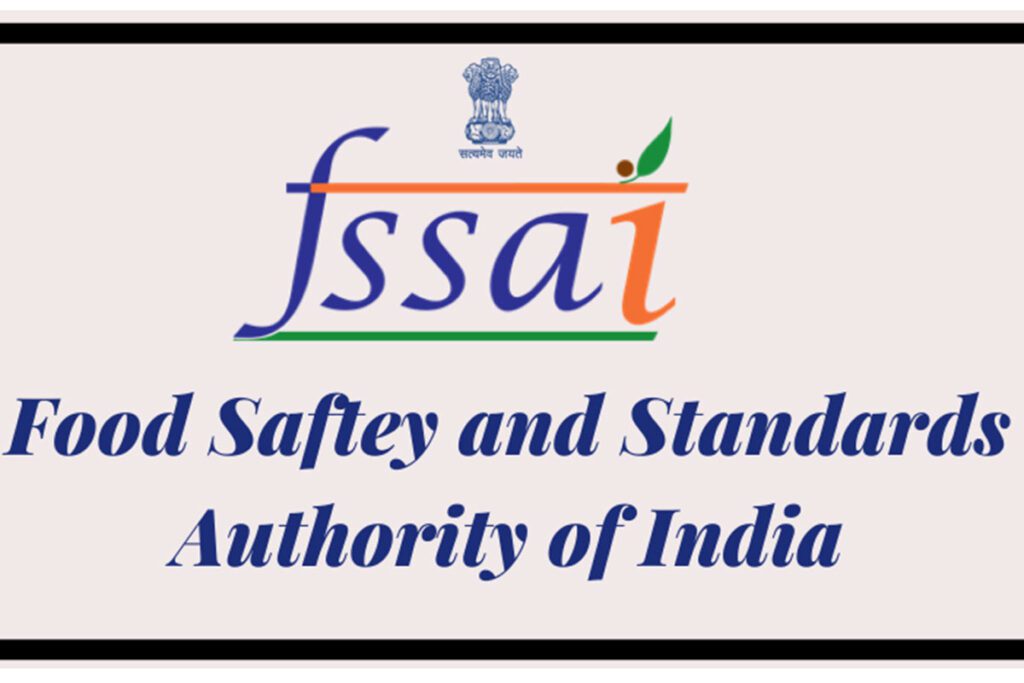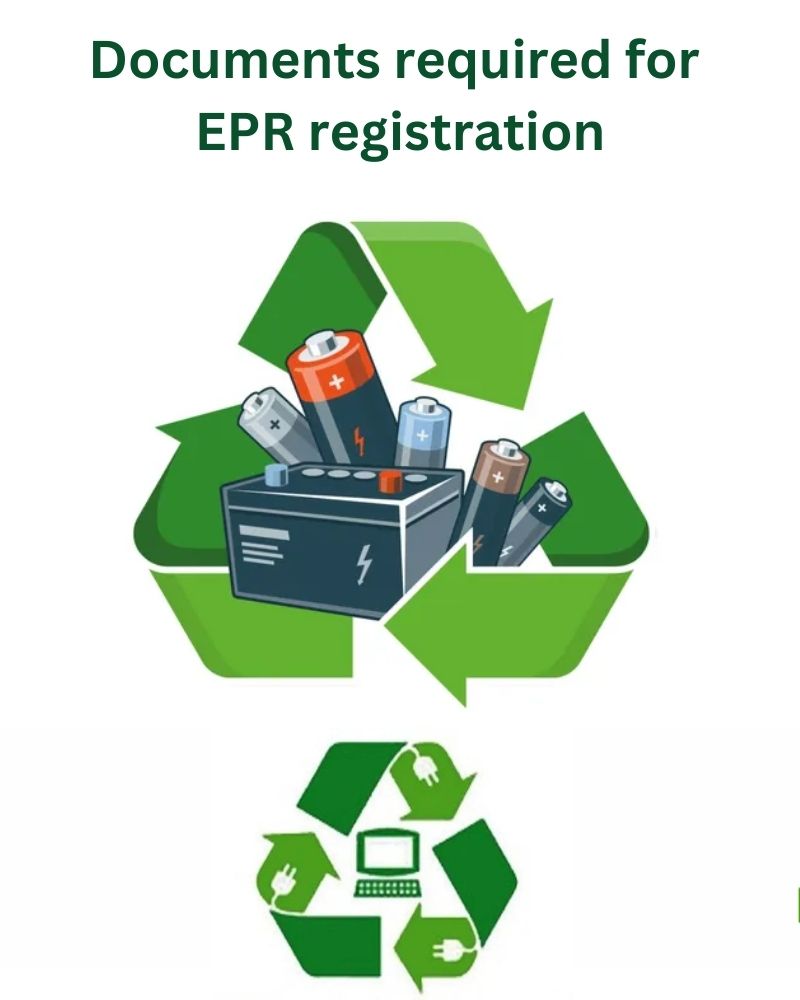
procedure for Licence
What is the obligation of producer?
Following are the responsibility of producer as per Battery waste (Management) Rules
- Producer shall have the obligation of extended producer responsibility for battery that they introduce in the market to ensure the attainment of the recycling or refurbishing obligation.
- Producer shall meet the collection and recycling and / or refurbishment targets as mentioned in schedule II for battery made available in the market.
- Producer shall provide extended producer Responsibility plan in the Form 1C to central pollution control Board by 30th June of every year for the battery manufactured in the preceding financial year.
- Producer shall file annual return in Form -3 regarding the waste battery collected and recycled or refurbished towards fulfilling obligation under Extended producer responsibility with the CPCB and concerned State pollution control Board in Form 3 by 30 the June of the Next financial year . The details of the registered recycler from whom the extended producer Responsibility certificates have been procured shall also be provided.

